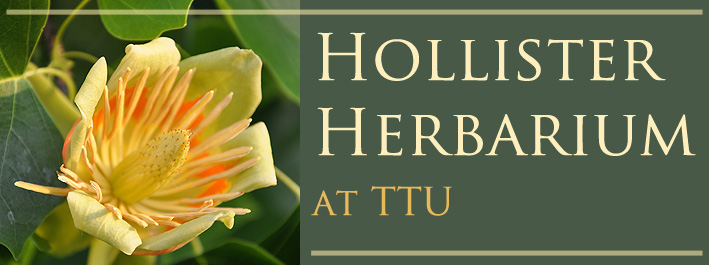What is a Herbarium?
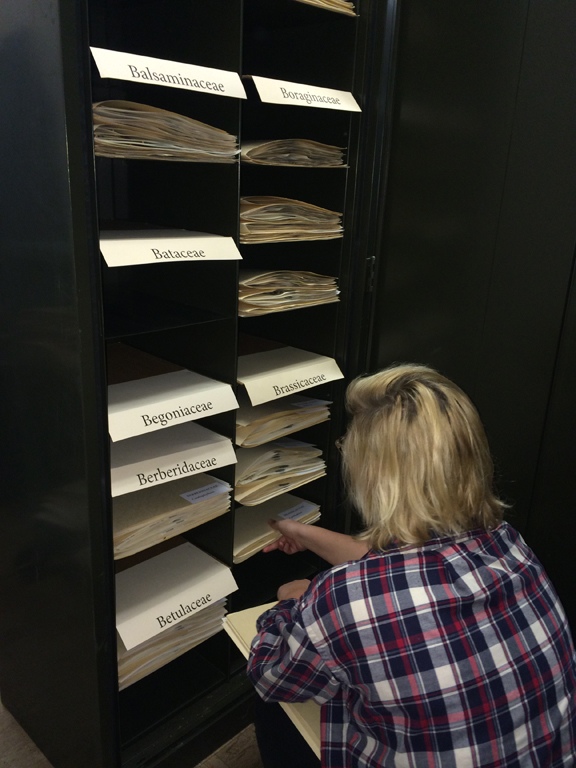
An herbarium (plural: herbaria) is a collection of preserved plant specimens maintained for scientific purposes.
Specimen are collected, mounted on rigid paper (100% acid-free), and filed in cabinets
using techniques perfected over several centuries. Properly curated and protected
plant specimens will last indefinitely. All specimens are accompanied by data indicating
where they were collected, when, and by whom.
How are Specimens Obtained?
Specimens accessioned into the herbarium are collected by faculty, students, amateur botanists, or professionals, including agency biologists and environmental consultants. Amateur botanists have collected many of our noteworthy specimens.
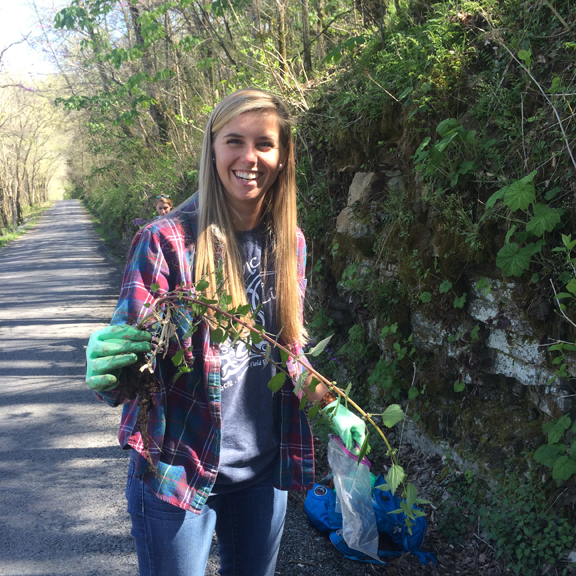
Other specimens are received as gifts from other herbaria. As a common practice, collectors generally prepare several duplicates of each voucher specimen, depending on how common the plants are. The best specimen is kept at the home institution, while the duplicates are exchanged at other institutions from around the world.
The exchange of specimens between herbaria is an effective means for participating institutions to amass much more diverse collections. It also provides a degree of “insurance,” diminishing the scientific impact if a catastrophe destroys any one institution.
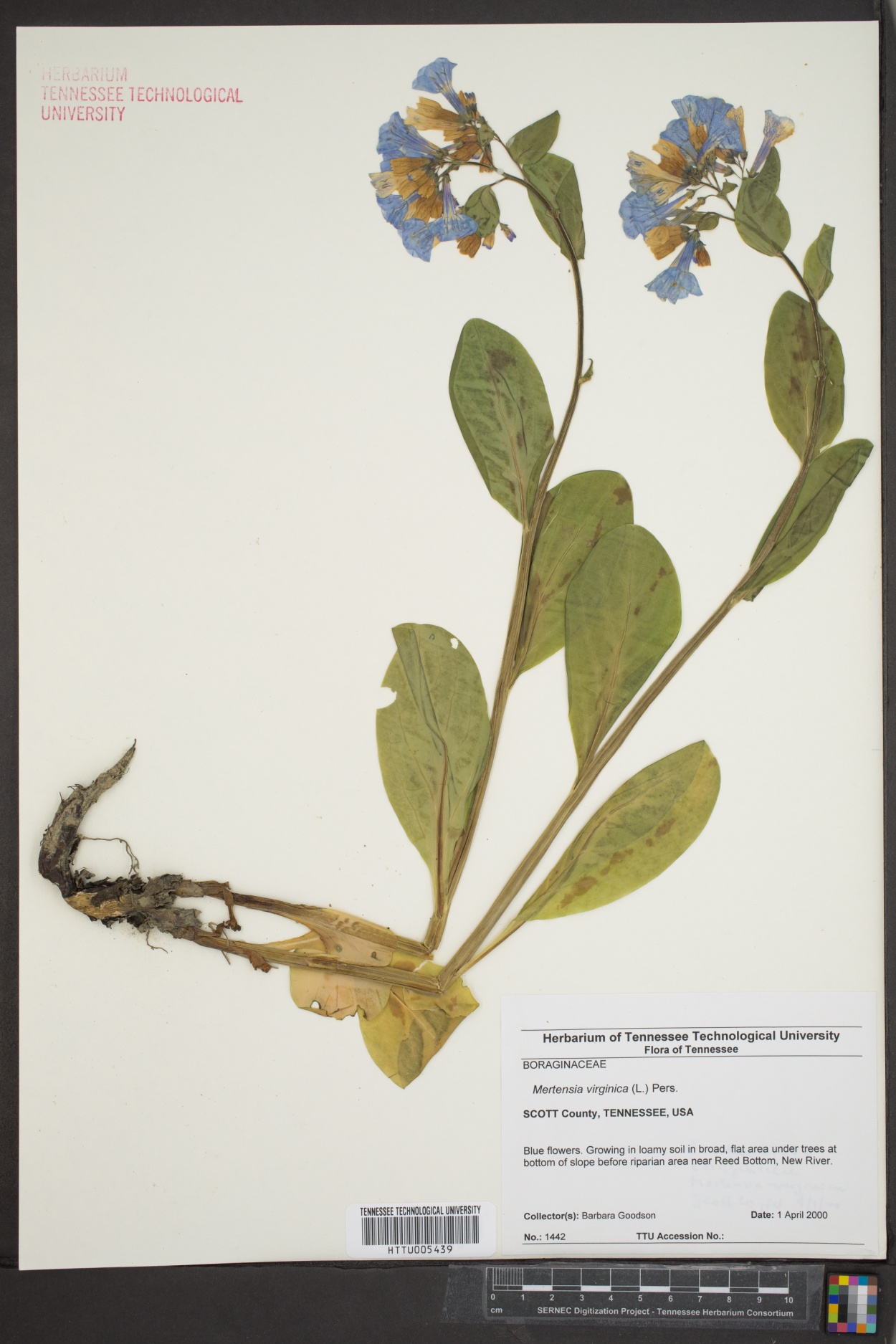
Who Uses Herbarium Specimens?
At Tennessee Tech, the collections are used in outreach to the general public and private sectors as comparative material to aid with plant identification.
However, the most significant use is by the scientific community, particularly plant systematists.
Data from herbarium specimens may help with conservation efforts, morphological or
molecular studies, and the creation of floras of a particular region or a monograph
of a particular genus.
What Do Herbarium Specimens Represent?
A herbarium specimen is a voucher documenting a species growing at a given site at certain time. As such, herbarium holdings worldwide collectively provide the raw data underpinning our scientific knowledge of what species exists, what their diagnostic features are, what range of variation exists within each species, and where each species occurs. In this regard the herbaria of the world play an important role in the scientific heritage of humans.
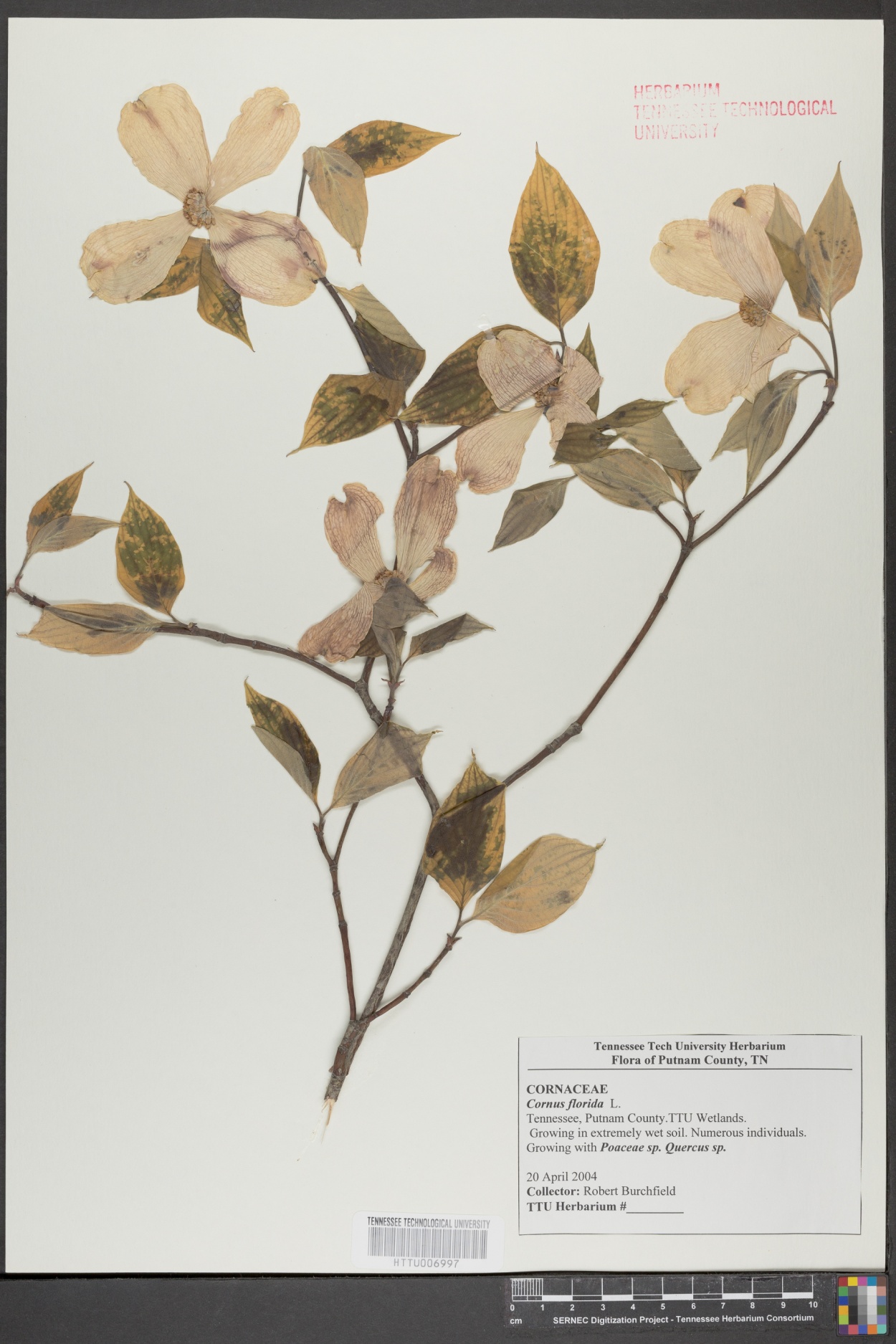 Why Keep More than One Voucher Specimen?
Why Keep More than One Voucher Specimen?
Multiple specimens are needed to document the variability (phenotypic plasticity) that exists within a species. The variation of a species is driven by many factors such as growing conditions, time of year, and age.
For example, multiple size and shapes of leaves of the same species (heterophylly).
Among terrestrial plants shade leaves are larger than sun leaves and in aquatic plants aerial leaves are larger that submerged leaves.
